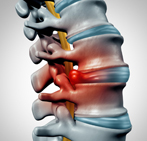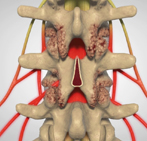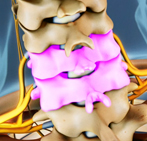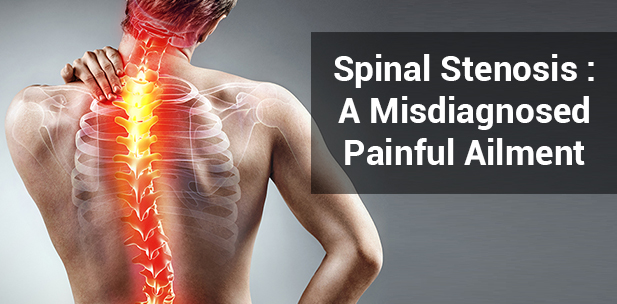Spinal stenosis
It is truly said ‘‘Growing old is mandatory but nobody ages merely by living a number of years. Years may wrinkle the skin, but to give up your zeal wrinkles your soul.” Stepping in the 50s and 60s may invite health issues for many. But facing it and planning for your optimum health is the key for successful ageing. Innovative and advanced spinal treatment in India has greater benefits in treating spine concerns.
Medical problems that age may bring often include cardiovascular, hormonal and visual issues, pulmonary and other major problems. But of all, the most common medical condition encountered is musculoskeletal disorders. Spinal stenosis is one such age-related musculoskeletal problem faced by elderly people. It is known to be a very painful and troublesome condition which often goes either undiagnosed or wrongly diagnosed.
Spinal Stenosis

Spinal stenosis is a musculoskeletal condition characterized by the abnormal narrowing of the spinal canal resulting in compression of the spinal cord and the nerves passing through the canal leading to the development of neurological deficits. It usually happens due to typical wear and tear of the spine that causes the ligaments connecting the spine and bones to thicken, worsening the intervertebral disc condition. Together, these results in narrowing of the spinal canal causing pinching/compression of the nerves and the spinal cord, producing the debilitating symptoms which include pain, numbness/tingling, difficulty in walking etc.
The disease is often diagnosed incorrectly, as although it origins in the spine, but the back pain is not so obvious. The pain usually radiates down to the thigh, legs or feet through the buttocks. In advanced cases, the patient may experience numbness or tingling sensation across the leg, cramps and weakness in the lower limbs which is more marked while standing and walking thus inhibiting the ability to walk normally.
Symptoms and treatment of spinal stenosis
These symptoms are more likely to get worse over time but the pain is usually relieved while sitting, bending forward or lying down. At times the limb pain turns out to be so severe that one may find it difficult to stand and walk after few minutes. This can be prevented by staying active and exercising regularly that shall help to maintain blood flow to the compressed structures reducing pain and numbness. But many sufferers are often trapped in the brutal cycle of obligatory inactivity due to delayed diagnosis when they are unable to exercise which further worsens the symptoms.
In such cases, doctors initially undertake the conservative treatment approach that includes;
- Prescribing NSAIDs (anti-inflammatory) medicines for pain relief
- Injecting cortisone with the numbing medication named lidocaine for short term relief.
- Increasing physical activity with preventive measures to avoid the likelihood of surgery.
However, in many cases, the above treatments may not prove effective. Spinal surgery, in that case, can be the permanent solution for restoring mobility in severe cases of spinal stenosis where painful symptoms are making difficult for you to lead a normal life. The ultimate goal of the surgery for spinal stenosis is to decompress the spinal canal so as to help you lead an active life once again.
Types of treatment procedures for spinal stenosis
If you are a sufferer of spinal stenosis and have come to the point when surgery is the only solution, your surgeon may recommend one of the following options;

Laminectomy: Also known as decompression surgery, it is the most commonly performed procedure which involves removal of the lamina, or the segment of the vertebra covering the spinal canal. This widens the canal to relieve the stress on nerves and spinal cord, thus improving the symptoms. The surgery has very good success rates.

Foraminotomy: This aims at enlarging the foramen- space in the vertebra from where the nerve root exits to provide more room for the nerves and thereby improving the symptoms.

Spinal Fusion: It is performed in many cases after decompression to connect two or more vertebrae to stabilize the spine.
These spinal surgeries may be performed with a traditional approach. But the recent advancement in the field of spine surgery has allowed the surgeons to perform complex spinal surgeries with more precision while delivering great outcomes.
Minimally invasive spine surgery in India is a newer approach that has benefited patients with faster recovery and lesser healing time. The recovery is expected to be smooth and patients are able to enhance their activity level after spinal stenosis surgery.
The outcomes of the spinal stenosis surgery in India have shown to be greatly satisfying. To get a free medical opinion for your spine problem, please e-mail your medical history and diagnostic reports to [email protected] or call us at +91- 9769516280.




